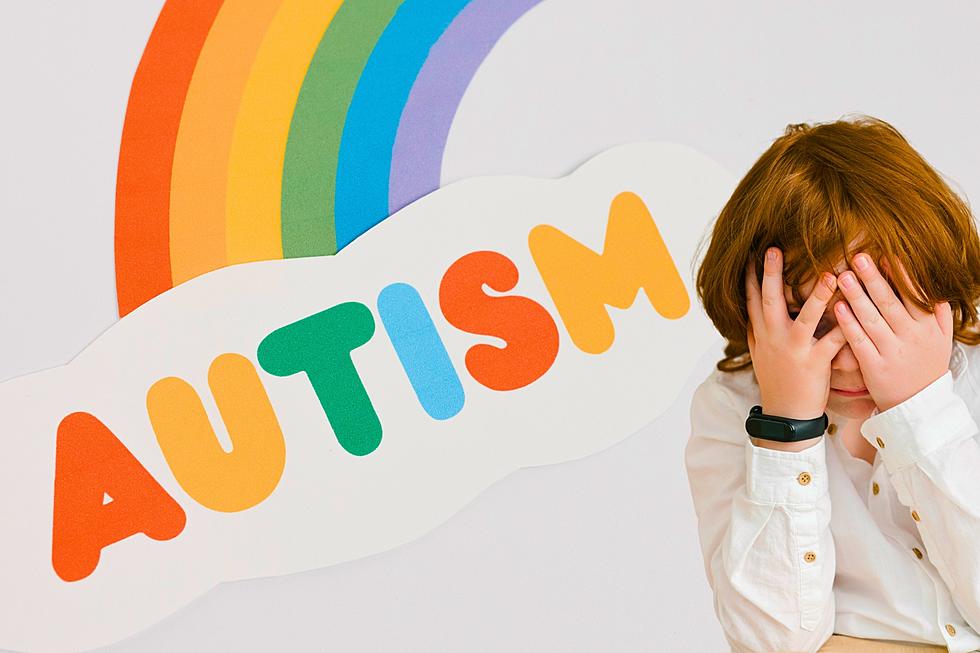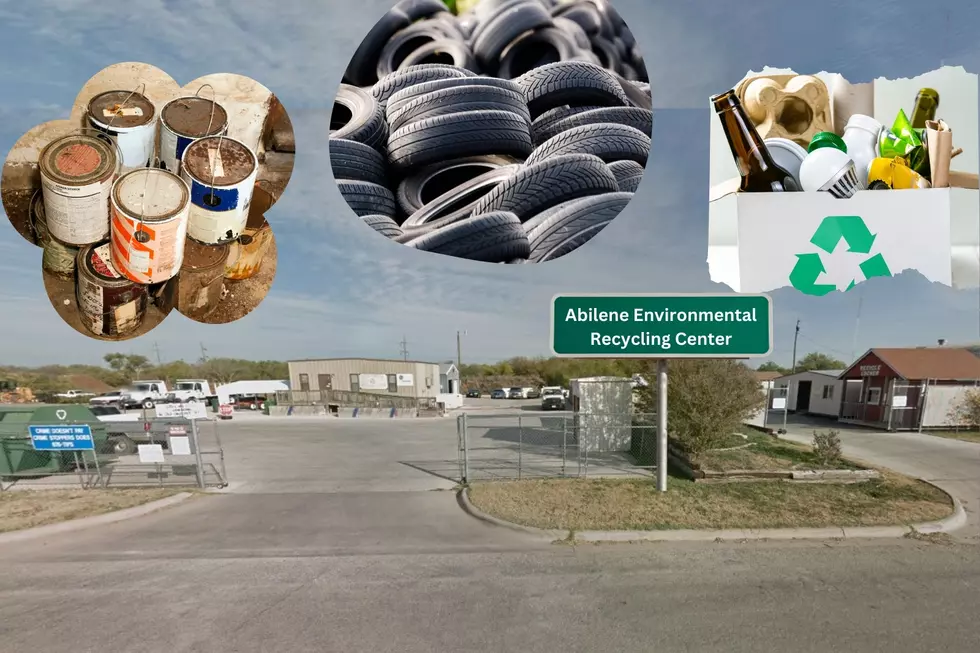
The Surprising Prevalence of Autism Affects One In Every 36 Texans
During a recent radio interview, Amber Davies with Abilene's Region 14 Education Service Center shared one of the latest findings on autism that surprised me. It is now believed that one in every 36 people in the United States may have a form of autism disorder.
Autism Spectrum Disorder (ASD) is a neurodevelopmental condition typically diagnosed during childhood. It affects how a person perceives and interacts with others, leading to difficulties in social interaction and communication. Additionally, individuals with ASD exhibit limited and/or repetitive patterns in behavior.

For years I thought Asperger's Syndrome and autism were two entirely different disorders, neither related to the other. However, I recently learned that Asperger's Syndrome is generally considered to be at the mild end of the autism spectrum.
We must all learn more about how to recognize autism and how to best address it. That's why I'm excited to share with you the news that the 20th Annual Autism Extravaganza is scheduled for Wednesday, February 28th at the Hunter Welcome Center on the Abilene Christian University campus.
Here's the best news of all - this event is absolutely 100% FREE. The event will have multiple seminars, as well as lots of vendors to help with whatever needs you may have. The Autism Extravaganza will feature pathologist Sherry Sancibrian as she talks about autism and the most recent brain research.
Dr. Kerry Magro will present "From Nonverbal to Public Speaker", Amber Davies will emcee and moderate for the panel. This special event is open to educators, family members, caregivers - anyone who wants to learn about autism and how to be inclusive and understanding.
Register for the Annual Autism Extravaganza online at ESC's website. For more information or group bookings contact the Region 14's Education Service Center by calling (325) 675-8600.
LOOK: Don't Miss the 20th Annual Autism Extravaganza
KEEP READING: 15 Natural Ways to Improve Your Sleep
Goosebumps and other bodily reactions, explained
More From KEAN 105









